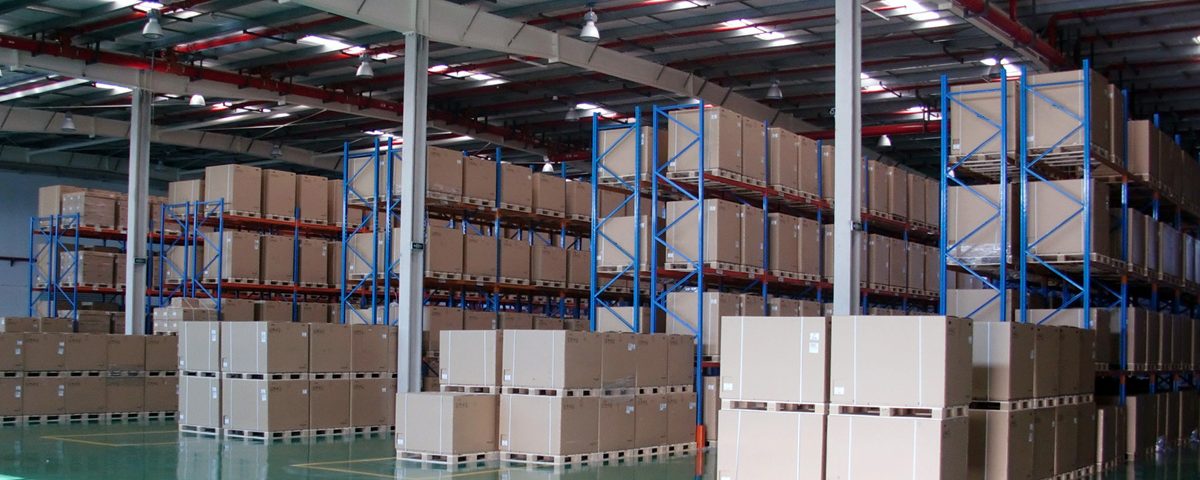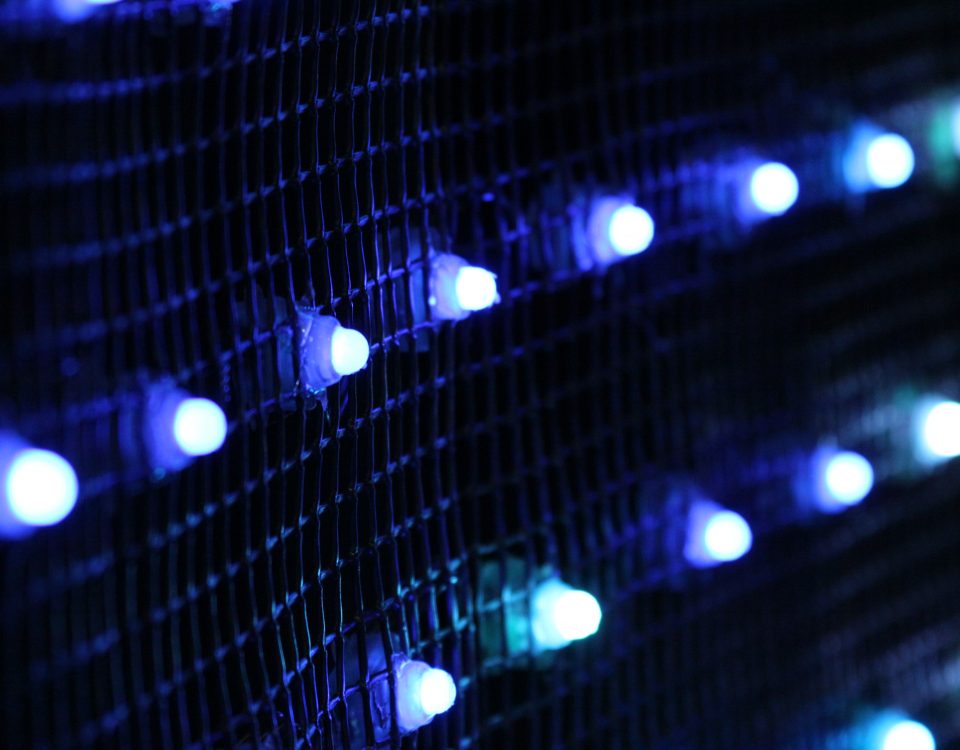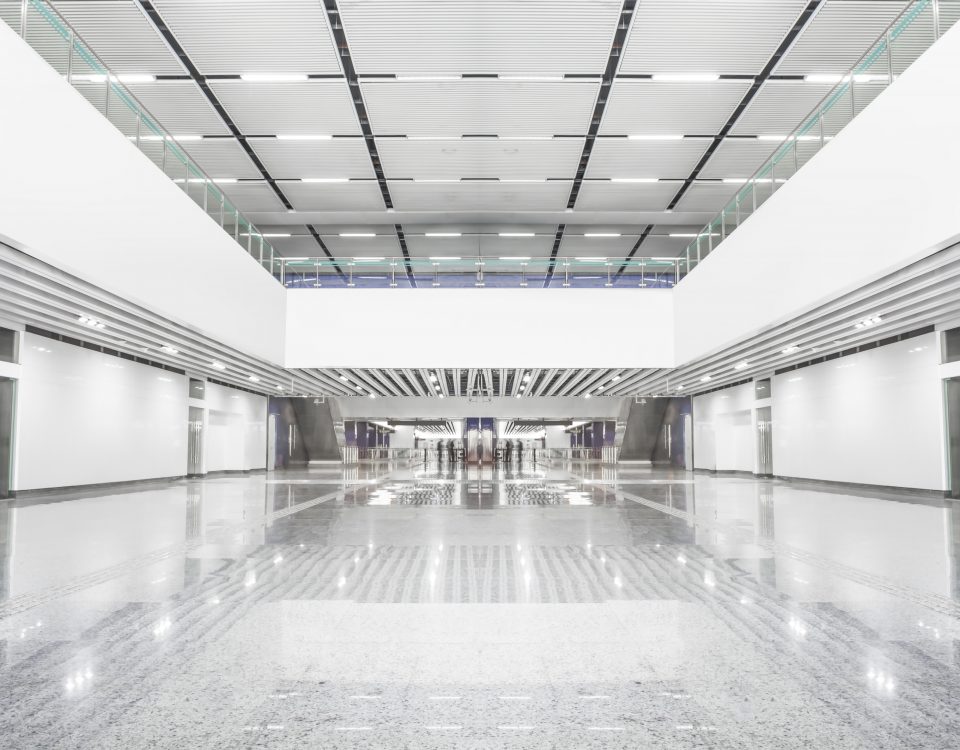Have you considered led high bays (LED High Bay Lights) for your warehouse? In 2009, the World Economic Forum estimated that around 5.5 percent of the total amount of the World’s greenhouse gas (GHG) emissions during that year came from the logistics sector, which includes transportation, terminals and warehouses. The amount was equivalent to 2,800 mega-tonnes, equalling an average of 7.78 tonnes of greenhouse gases produced per day during that year.
If you are an owner or an administrator of a warehouse and are looking for a way to reduce your GHG emissions and make your site more environment-friendly, one great solution is by replacing your old metal halide lamps with our energy-efficient LED high bay lighting in your Australian warehouse.
Environment-friendly LED high bays
LED high bay lights have a lot of advantages that make them better for warehouse settings compared to metal halides and other traditional warehouse luminaries, which we wrote about in a previous blog post. Aside from increasing operational efficiency and promoting better safety and health for workers in sites, LED high bay lights are also environment-friendly, more so than other lighting products.
LED high bays consume significantly less electricity
LEDs can consume up to 70 percent less power compared to traditional lighting. Because they are energy-efficient, providing bright illumination at the fraction of the cost, LED high bay use reduces the energy consumption of work sites, which helps in the preservation of energy supplies.
The lower power consumption of LED high bays also makes them ideal for use with energy-saving initiatives. This is also important for electrical distribution systems that rely on renewable energy sources such as solar and wind energy.
LED high bays don’t contain mercury
The negative environmental effects of the highly toxic element mercury are well-documented; when released into the soil or the atmosphere as a result of improper disposal, mercury can bioaccumulate in the food chain, which is a threat to the global food security, among other effects.
Light bulbs used in LED high bay lighting don’t contain mercury, unlike metal halide lamps, which make use of a gaseous mixture of vaporised mercury and metal halides to produce light. This makes LED high bay lights the better choice.
LED high bays have longer lifespans
LEDs can last up to five times longer compared to traditional lighting. Aside from their long illumination lifespans, most LEDs are built to last, making them significantly less susceptible to accidental explosions and breakage due to impact. LED high bay lights can also operate and survive under extreme temperature conditions, which adds more to their durability.
All of these make LED high bay lighting a worthy investment for warehouse owners and administrators. But more importantly, these benefits help cut down the number of replacements needed, which in turn reduces the number of solid waste resulting from these replacements.
LED high bay lights by MatrixLED
If you’re looking for energy-efficient and environment-friendly LED lighting in Australia to light up your warehouse, consider switching to LED high bay lights by MatrixLED. With its low energy consumption and the lasting illumination that it provides, you’ll be able to reduce your operational cost and the carbon footprint of your warehouse, making it greener and more sustainable. You can find out how much you can save by using our Savings Calculator.
To know more about our LED high bays and other LED lighting products, visit the MatrixLED website and read our other blog posts on warehouse lighting. You can also schedule a free consultation by getting in touch with us through our Contact Us page.
References:
[1]Â http://www3.weforum.org/docs/WEF_LT_SupplyChainDecarbonization_Report_2009.pdf (p. 8)
[2]Â http://www.environment.gov.au/protection/chemicals-management/mercury





